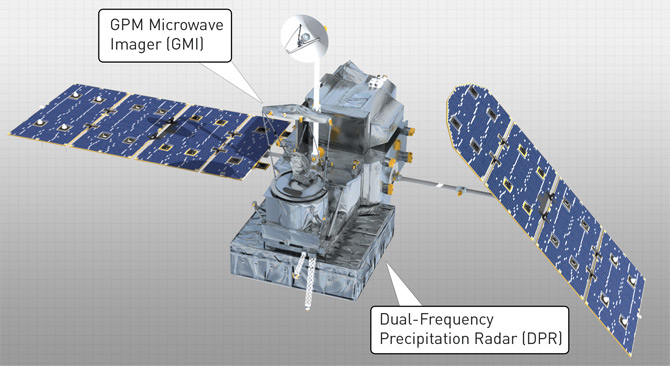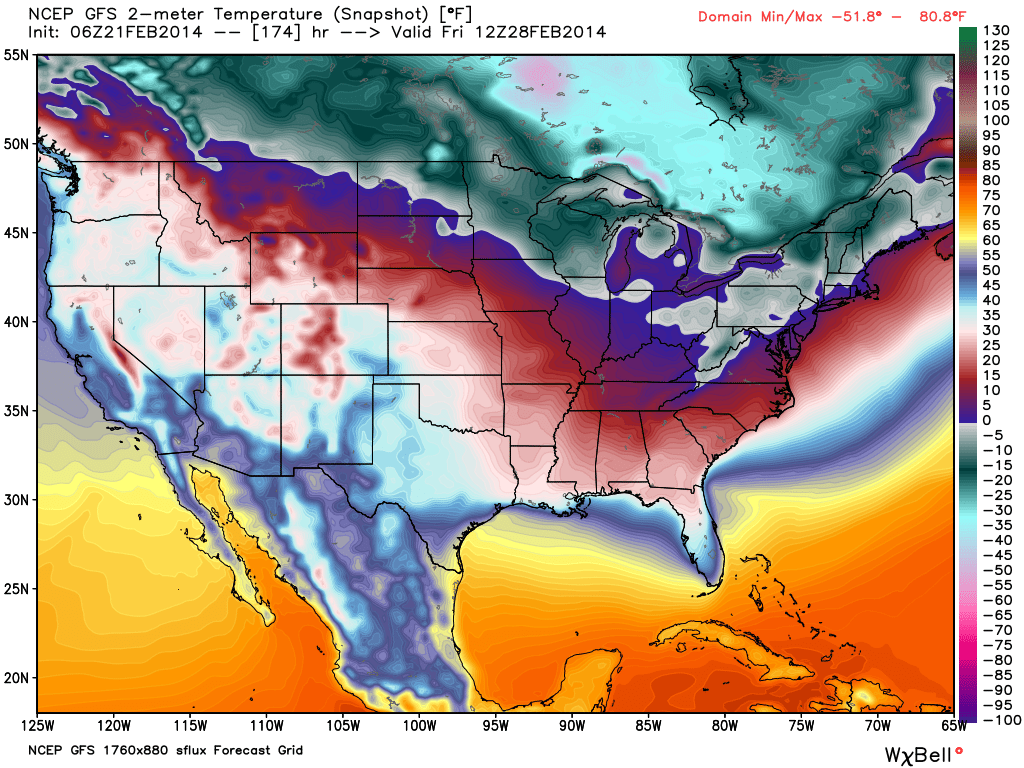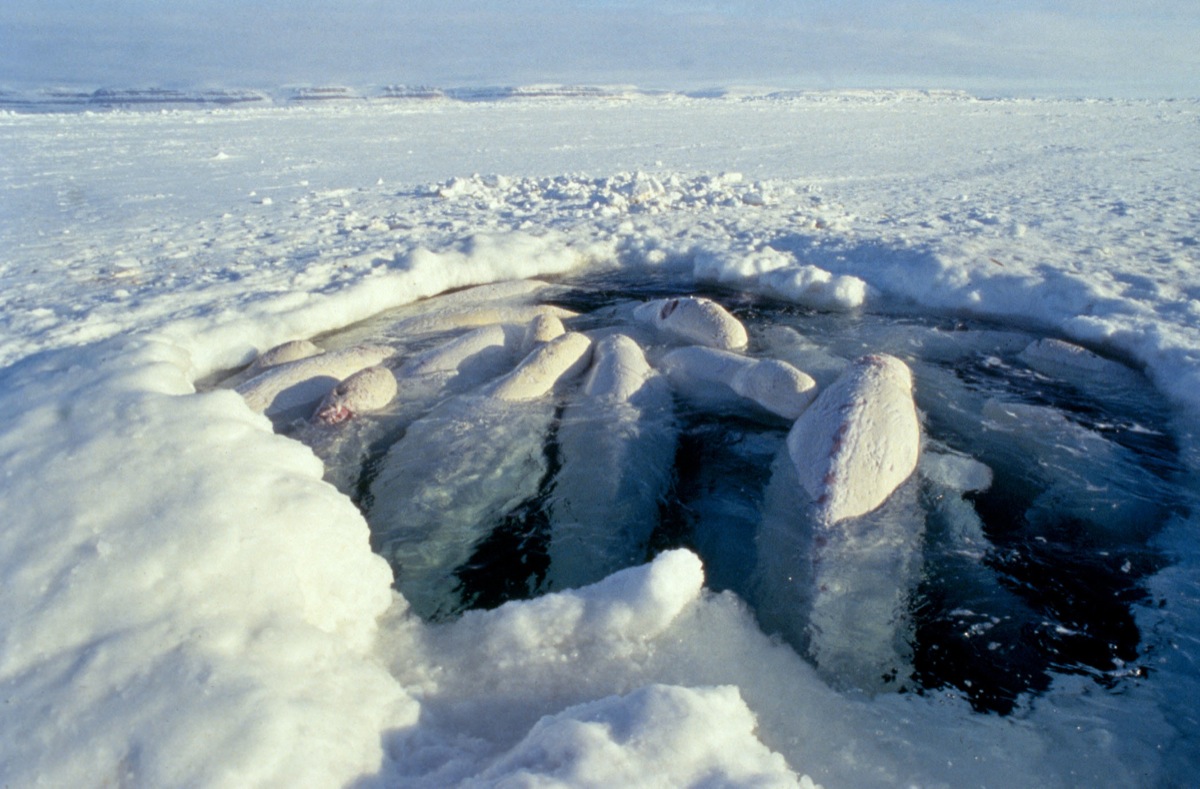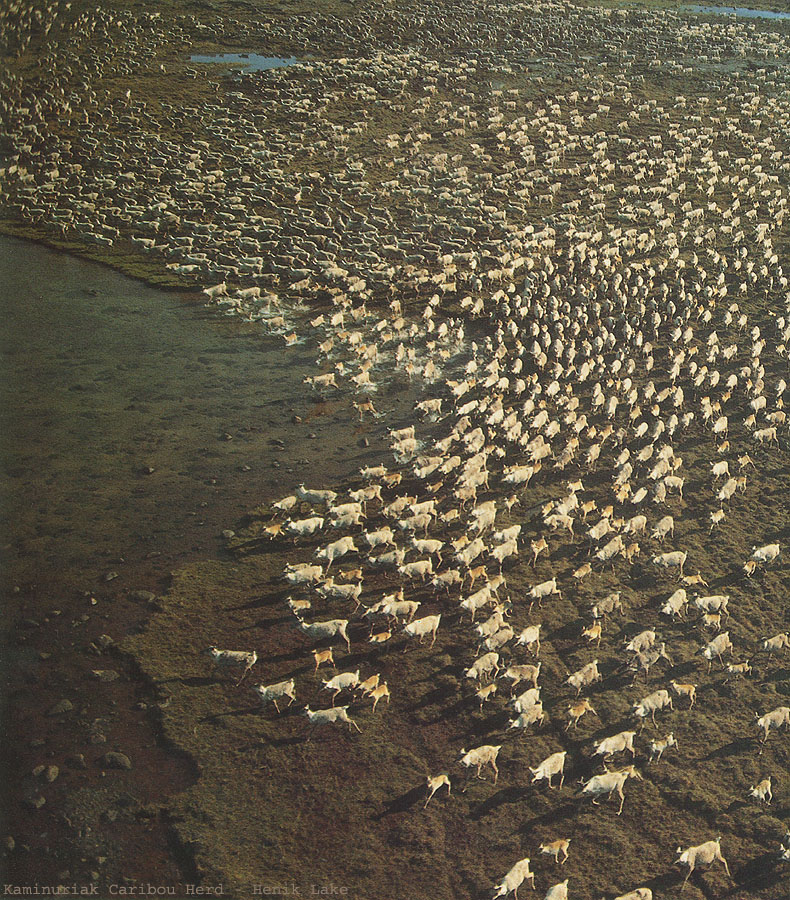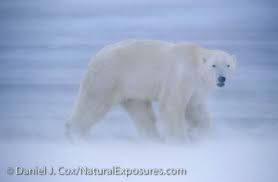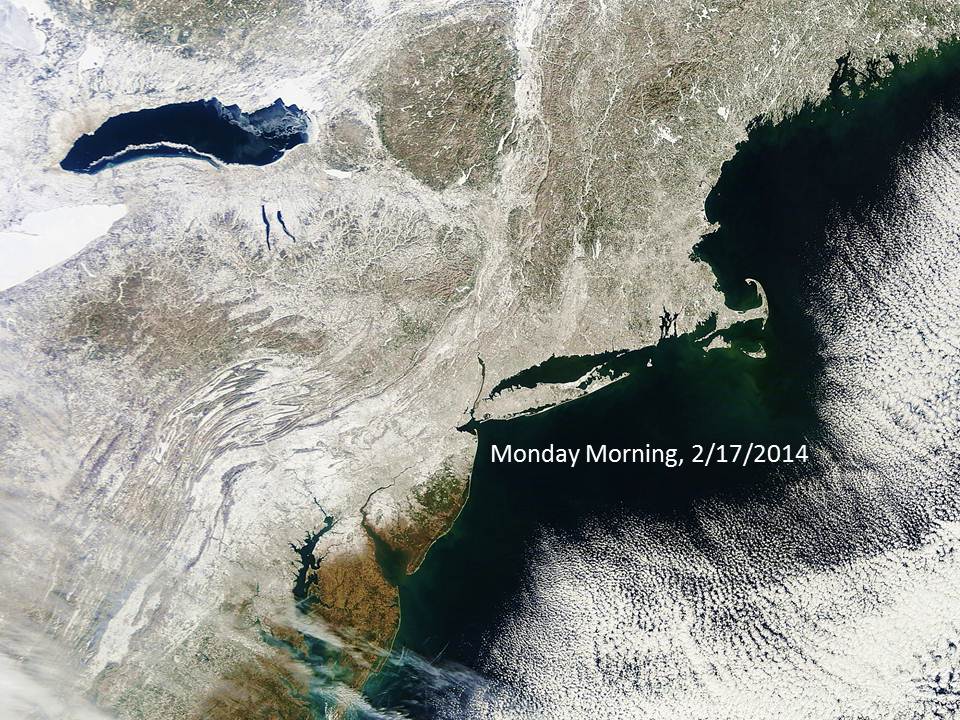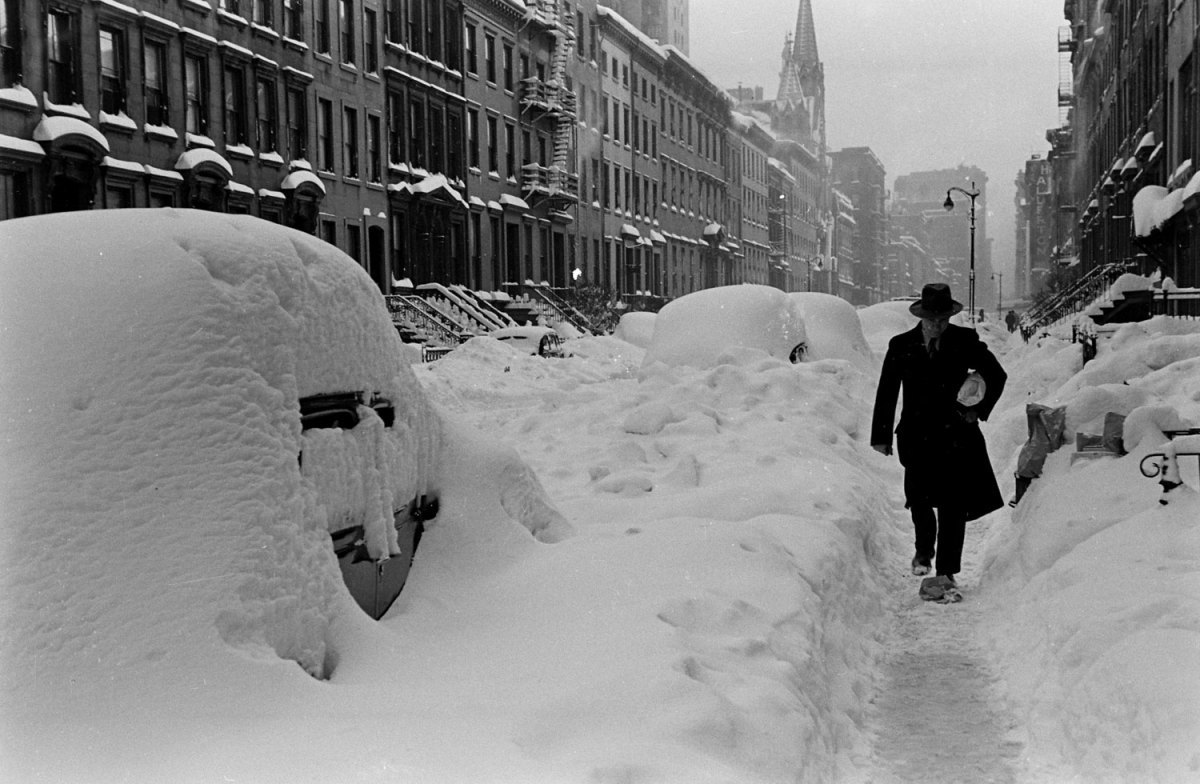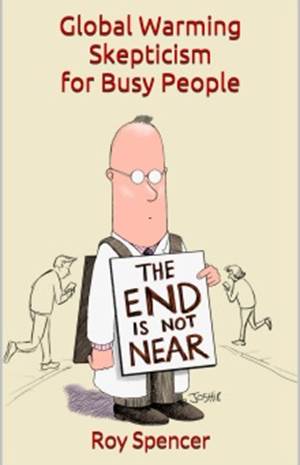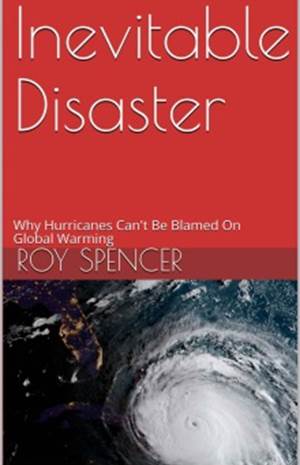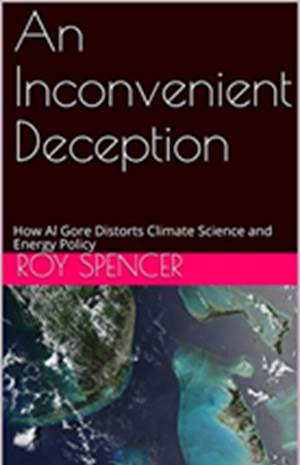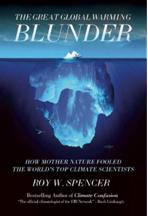I am calling out the ADL for not denouncing the widespread use of Nazi Holocaust imagery in public statements made by journalists, politicians, and even some scientists over the last 7+ years towards us global warming skeptics.
After years of ignoring statements like this one from Ellen Goodman (Boston Globe),
“I would like to say we’re at a point where global warming is impossible to deny. Let’s just say that global warming deniers are now on a par with Holocaust deniers, though one denies the past and the other denies the present and future”. – Ellen Goodman, Boston Globe, February 9, 2007
the ADL would appear to have decided (based upon their years of silence) that using Holocaust imagery is OK on one side of the global warming issue, but not the other. Correct me if I’m wrong.
I have been forwarded from a journalist this ADL statement, apparently issued yesterday:
February 25, 2014, Atlanta, Georgia … The Anti-Defamation League (ADL) today denounced remarks by University of Alabama professor Roy Spencer who wrote on his blog that those who refer to him as a climate change “denier” should be called “global warming Nazis” and that they “are supporting policies that will kill far more people than the Nazis ever did — all in the name of what they consider to be a righteous cause.”
He also claims those who advocate for policies to slow global warming are “like the Nazis” in that they are fascist and anti-capitalist. The post is also accompanied by an image of a swastika.
Shelley Rose, ADL Southeast Interim Regional Director issued the following statement: University of Alabama Professor Roy Spencer’s analogy of proponents of global warming to Nazis is outrageous and deeply offensive. This analogy is just the latest example of a troubling epidemic of comparisons to Hitler and the Holocaust.
It has become too common to use comparisons to the Holocaust and Nazi imagery to attack people with opposing views, whether the issue is global warming, immigration or stem-cell research. The six million Jewish victims and millions of other victims of Hitler deserve better. Their deaths should not be used for political points or sloganeering. This type of comparison diminishes and trivializes the Holocaust. There is no place for it in civil discussions.
Yup, I would sure have appreciated civil discourse from the other side for the last 7+ years, Ms. Rose.
And, your organization might have helped.
Ms. Rose, where was your organization when journalists, politicians, and even some scientists, chose to call us skeptics “deniers”?
We don’t deny either “global warming” or “climate change”. Yet, we are called “deniers”. Ms. Rose, do you have any inkling why the term “denier” (which is a lie) might be used against us, rather than the term “skeptic” (which is accurate)?
I think you know why.
For at least seven years, the Holocaust has been invoked, explicitly or implicitly, to malign the character of those like me who point out that global warming (1) might not be all the fault of humans, and (2) might not be a problem serious enough to warrant killing poor people through much higher energy prices.
Again, we do not deny global warming. We do not deny climate change.
Ms. Rose, I understand your desire to honor the memories of 6 million Jews murdered over several years during the Holocaust. But every ten years single year, 8 million children die from poverty.
Who will speak out for the much greater numbers who will die from poverty-related causes as we force expensive energy onto humanity through radical energy policies now being pushed in many countries?
You see, Ms. Rose, the path we are on threatens the lives of many more people than were murdered in the Holocaust. Therefore, I do not “trivialize the Holocaust”. In fact, I resent the implication I am trivializing it.
I am instead warning against a new holocaust, which has already begun as countries suffer the economic consequences of forcing high-priced, “concierge energy” on the masses.
So, I want to know where the ADL stands (for example) on Ellen Goodman’s “Holocaust denier” statement, above, as well as the daily barrage of similar “denier” labels we skeptics endure on a daily basis.
We didn’t start the fire, Ms. Rose. And your organization could have helped stop it.
DISCLAIMER: Any views expressed here are my own, and unless otherwise stated, are not those of my employer, the University of Alabama in Huntsville, or the State of Alabama.

 Home/Blog
Home/Blog